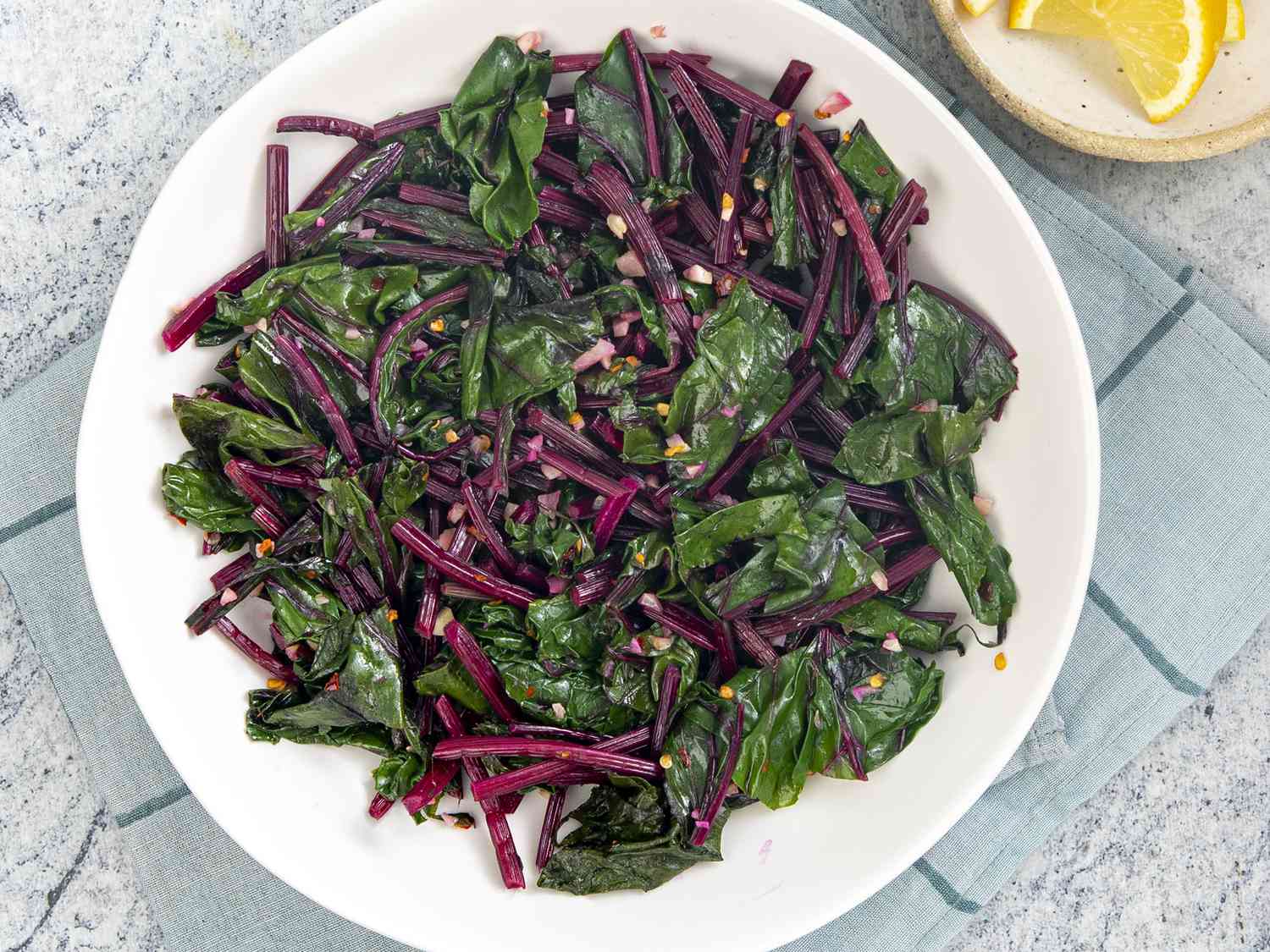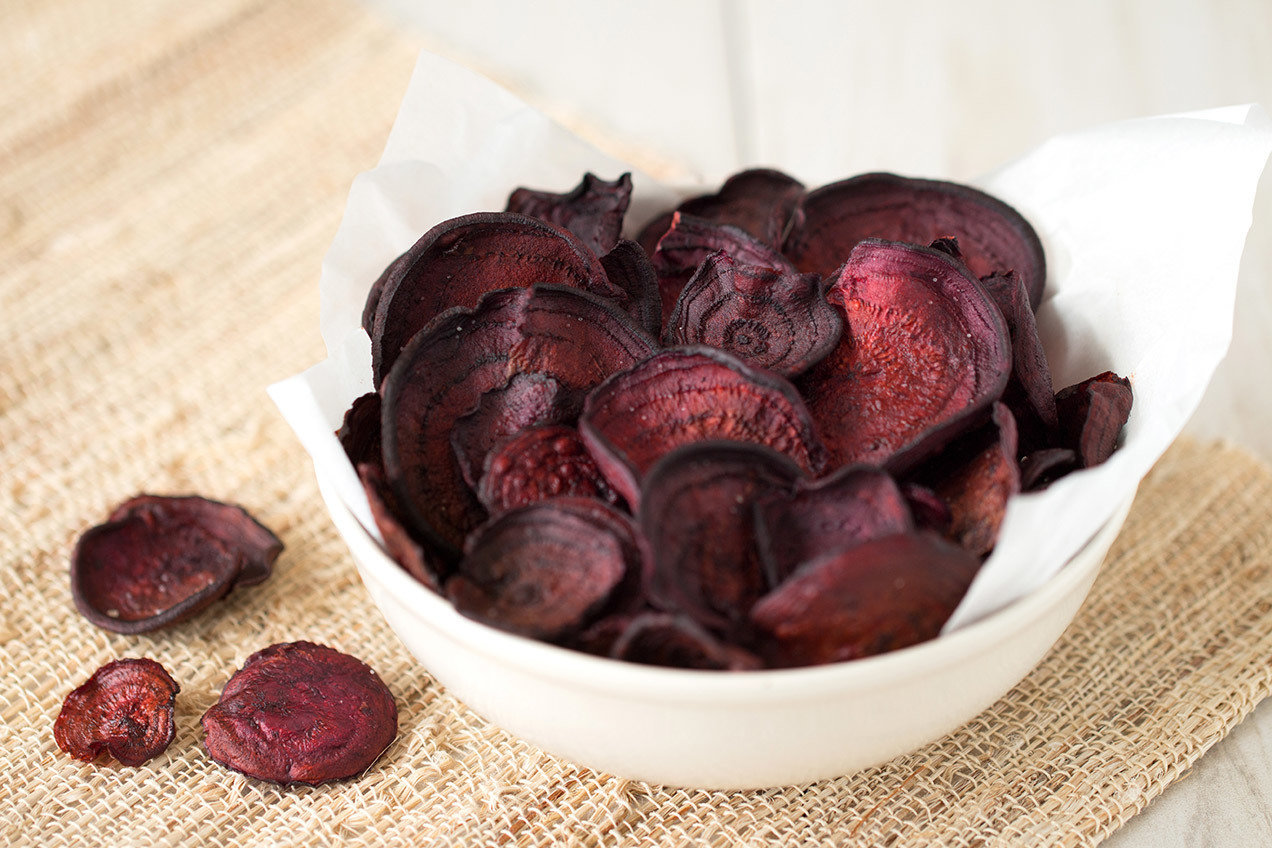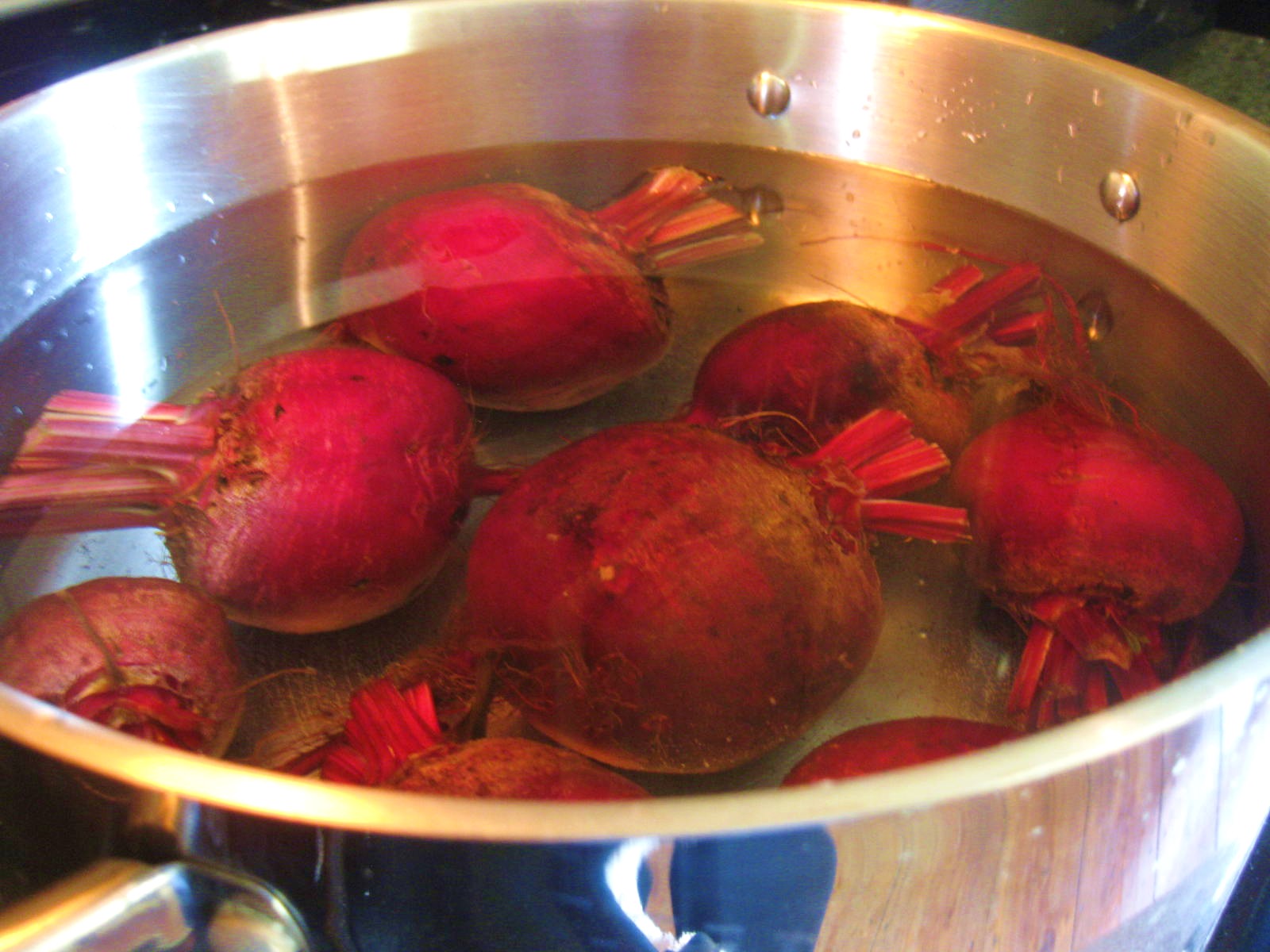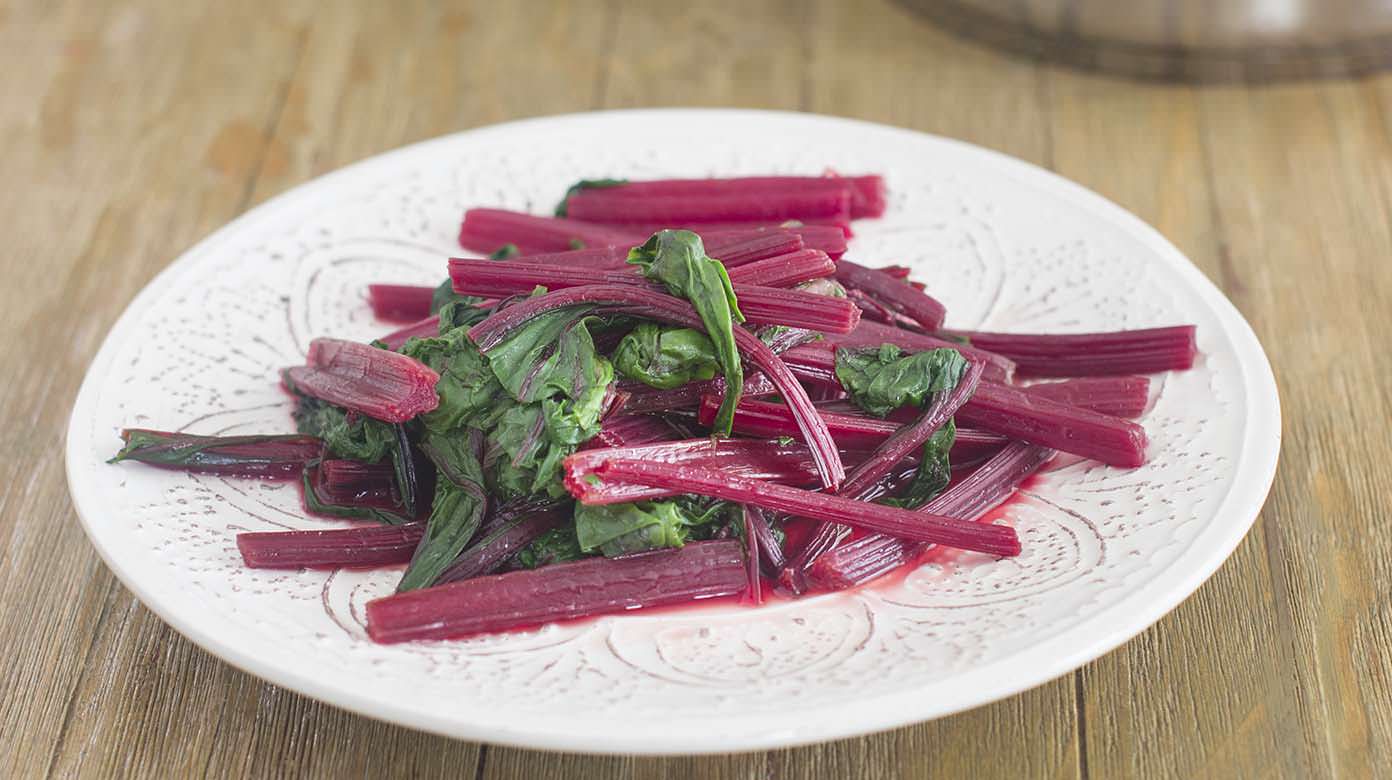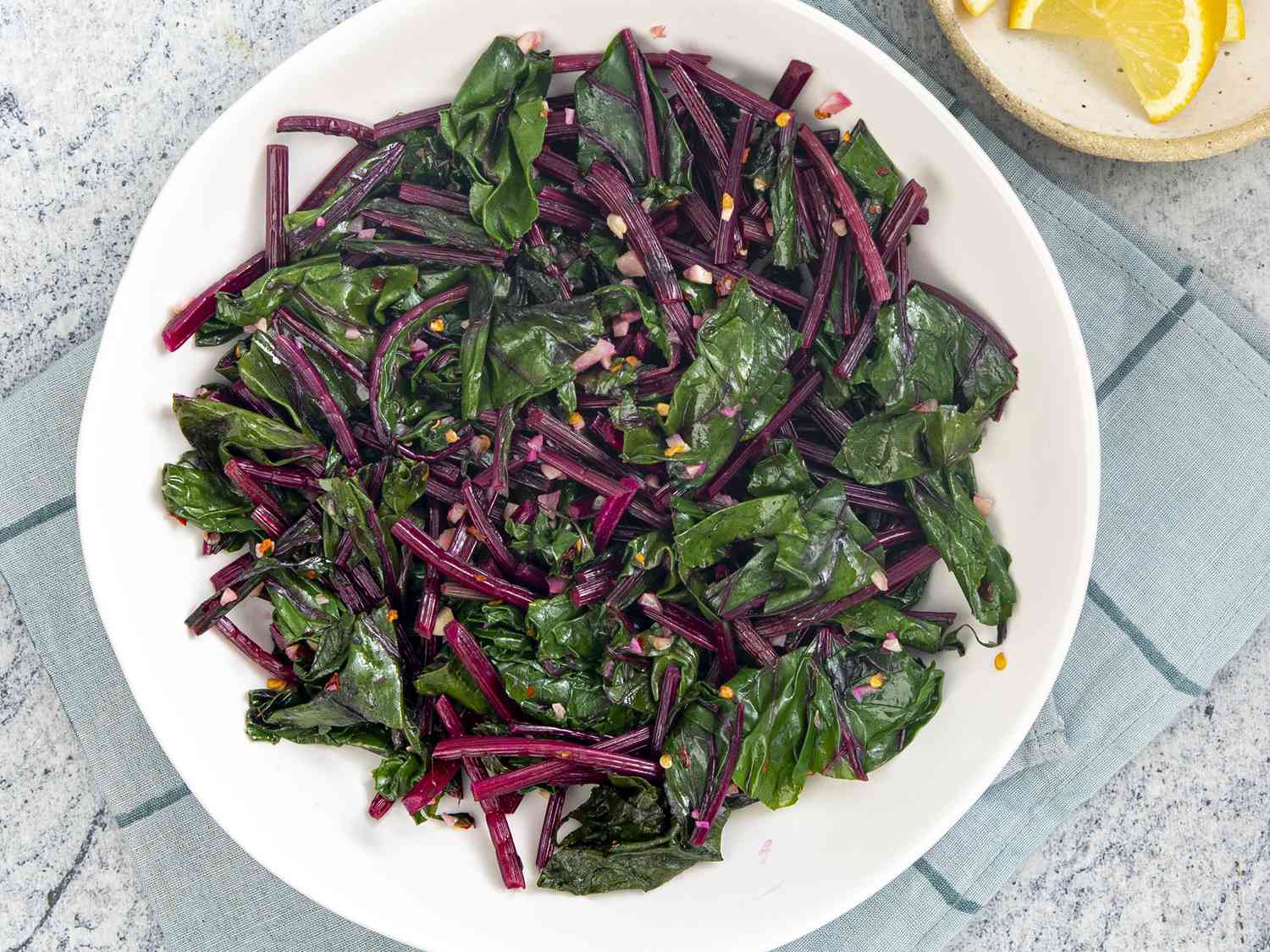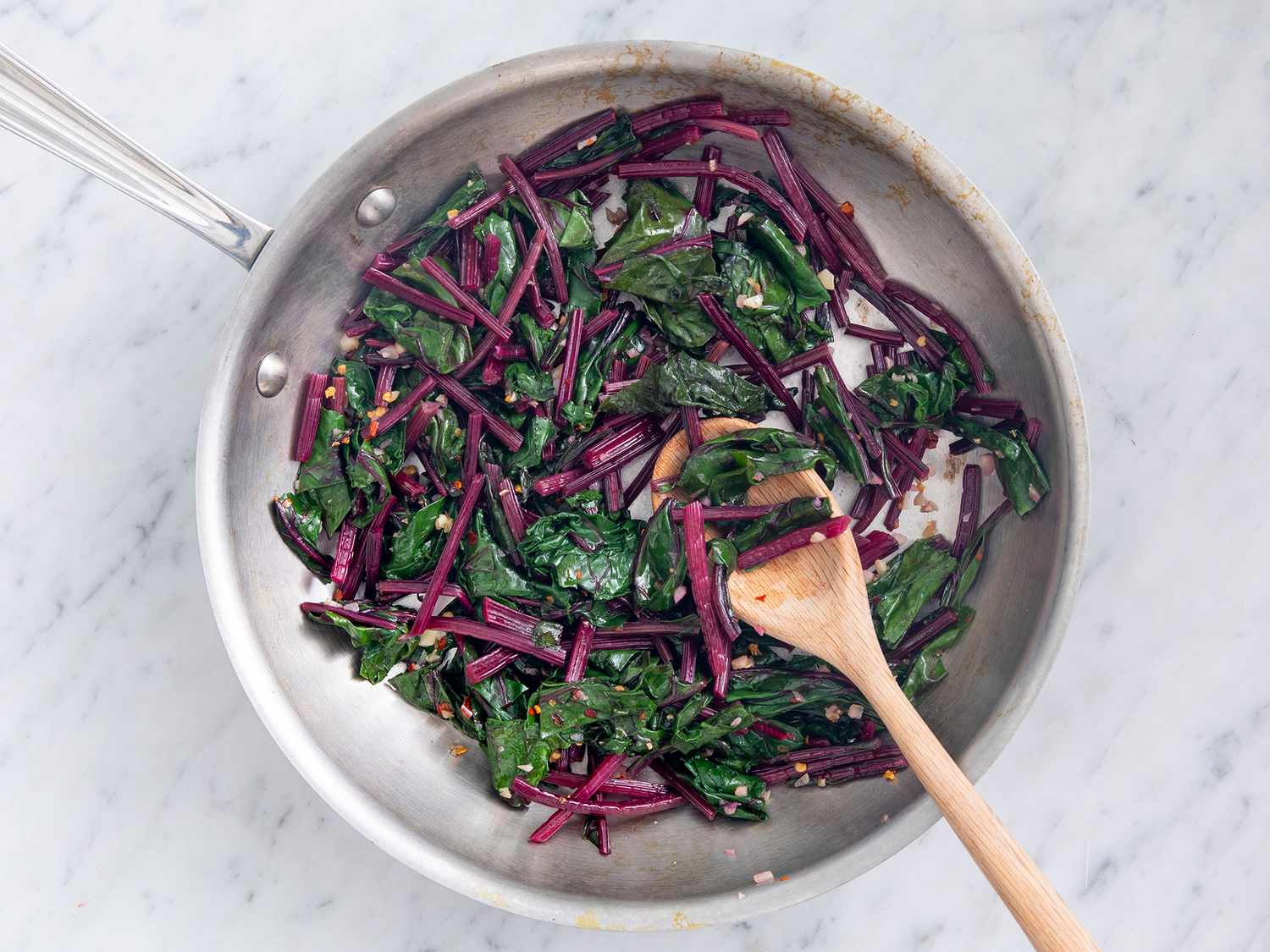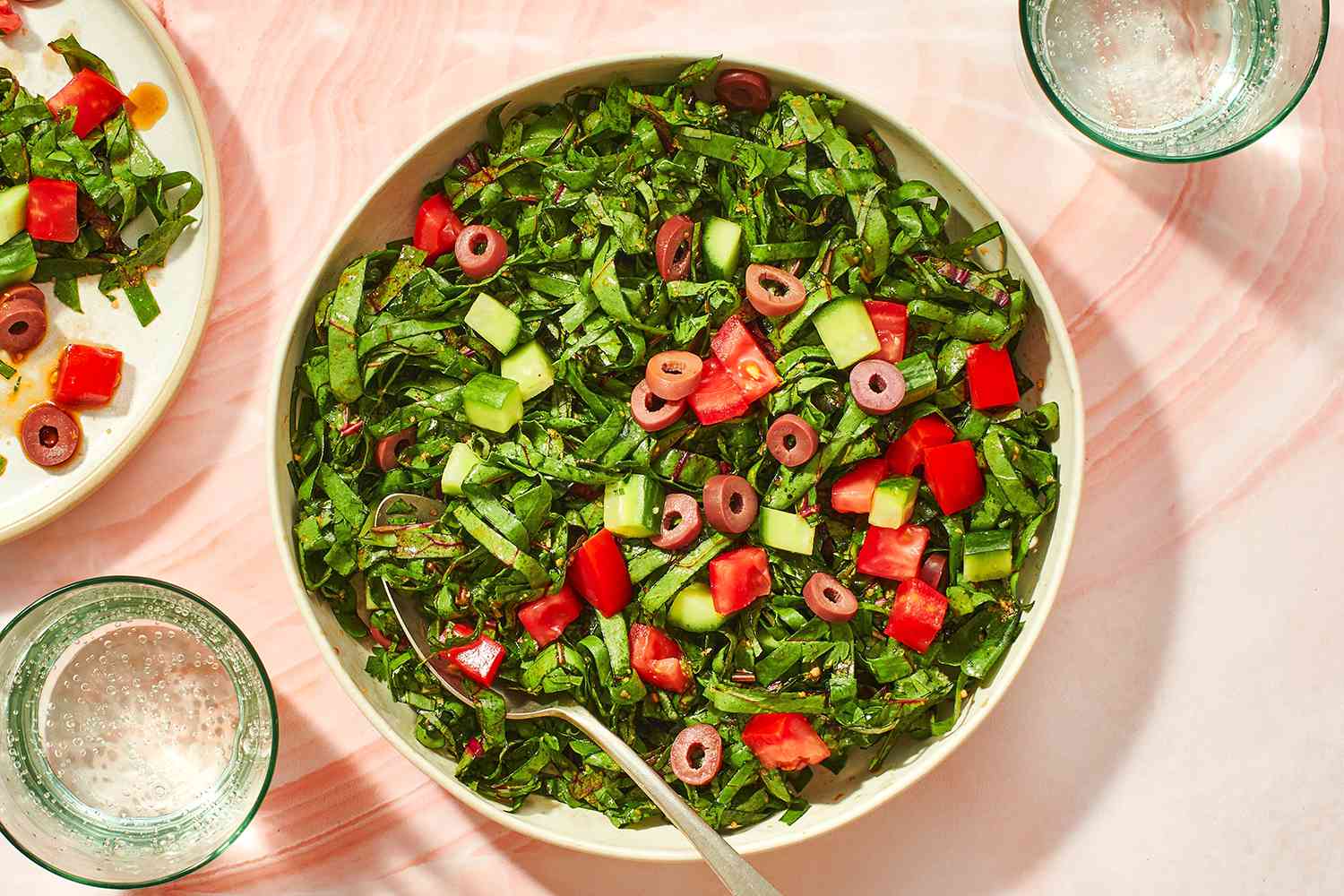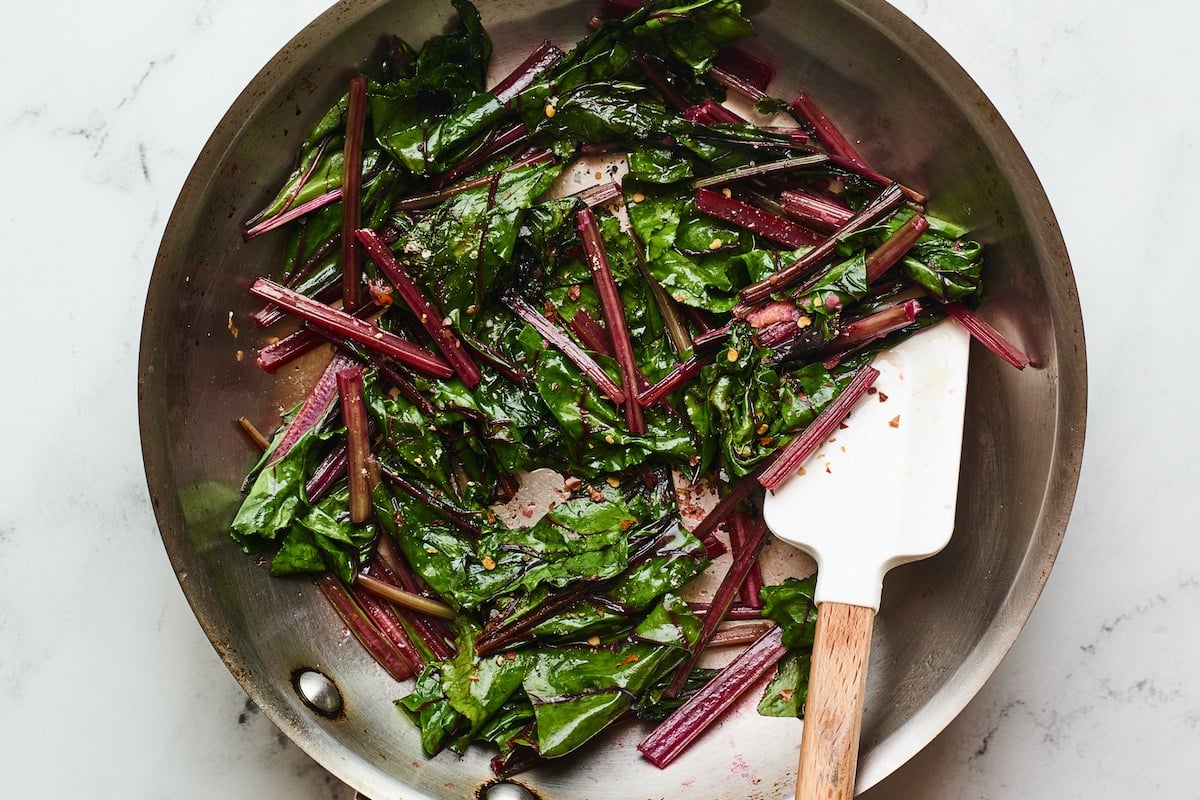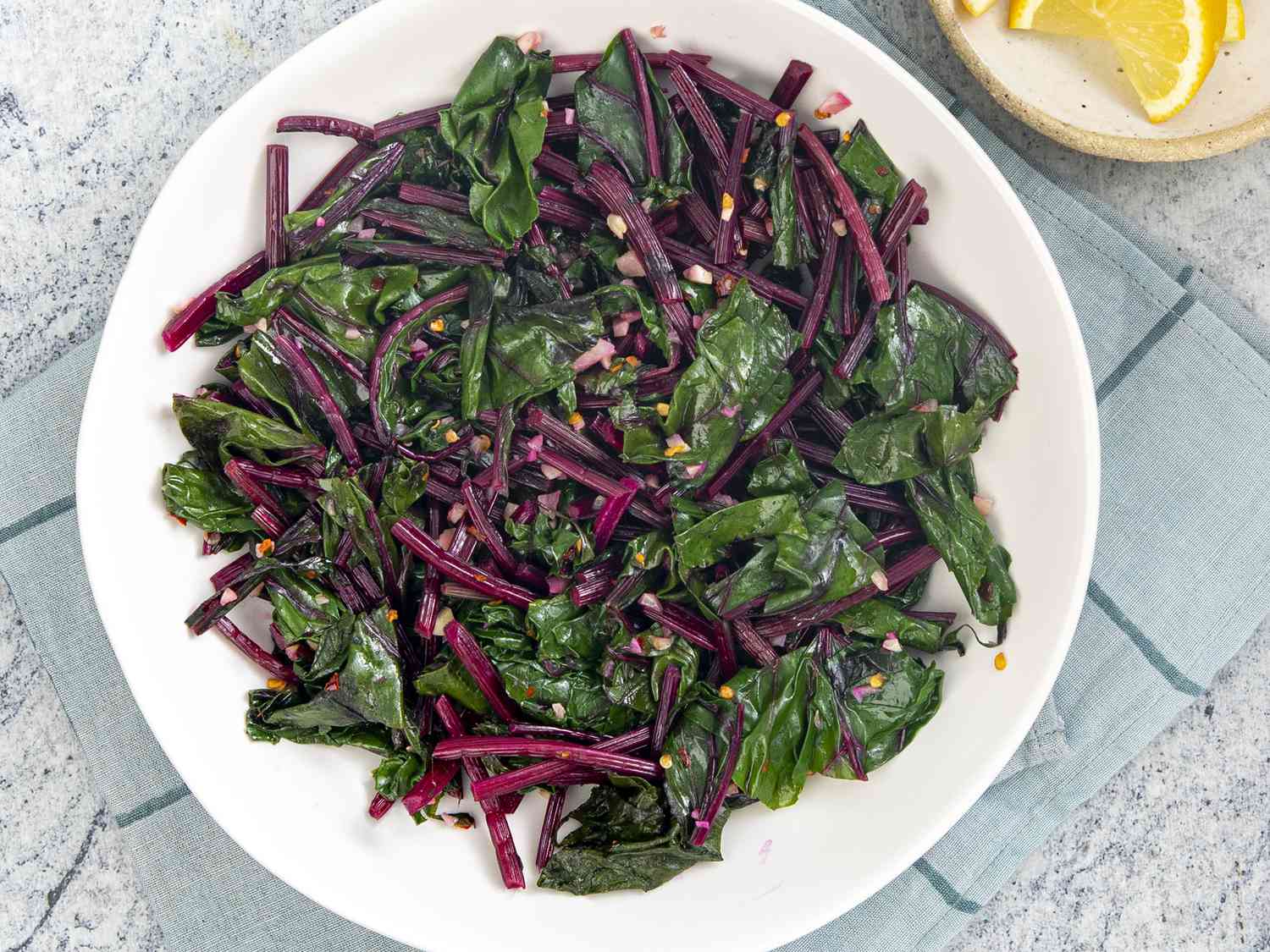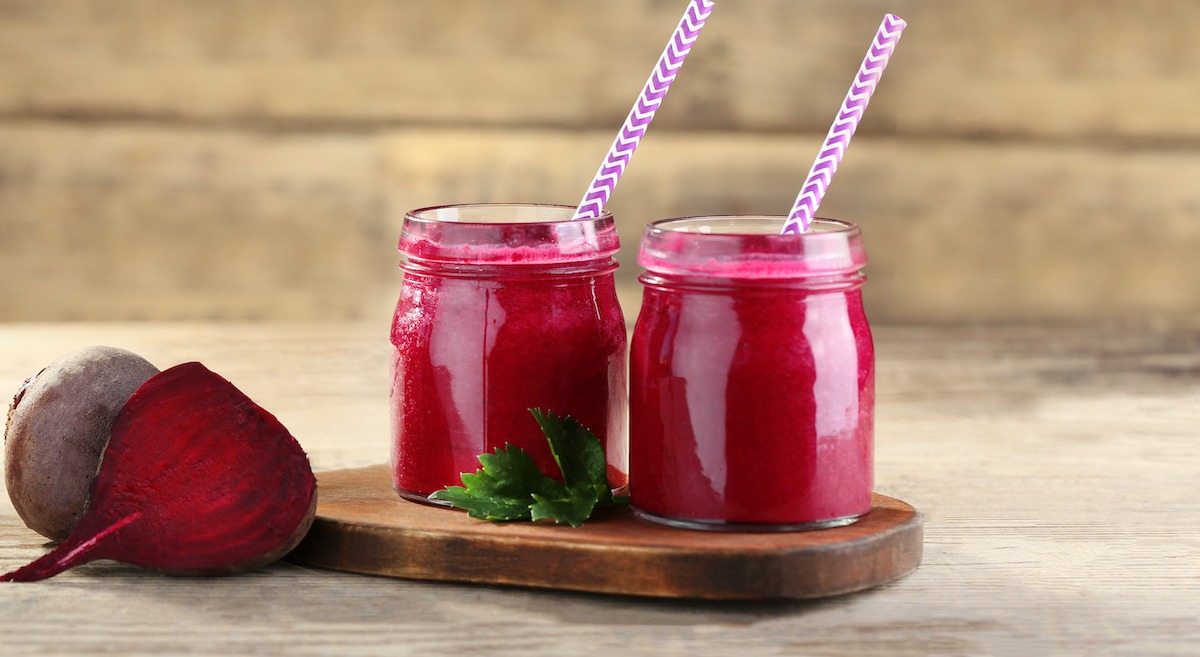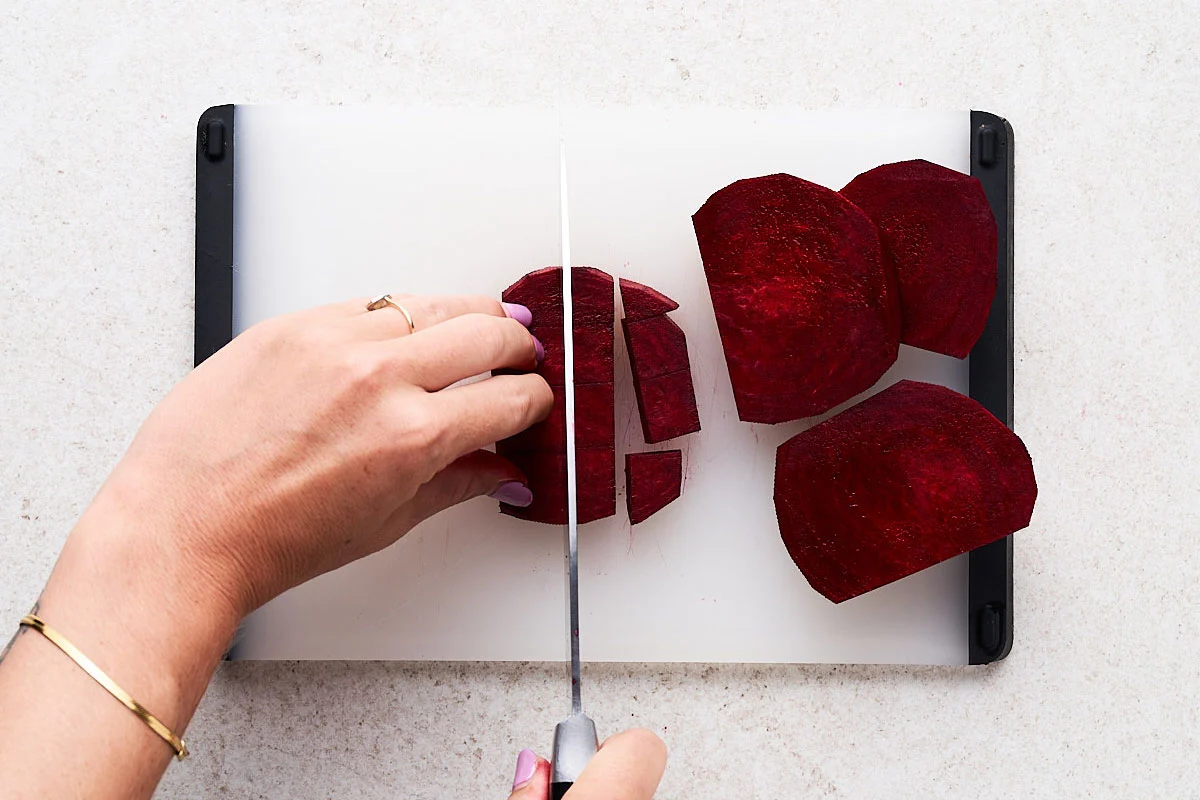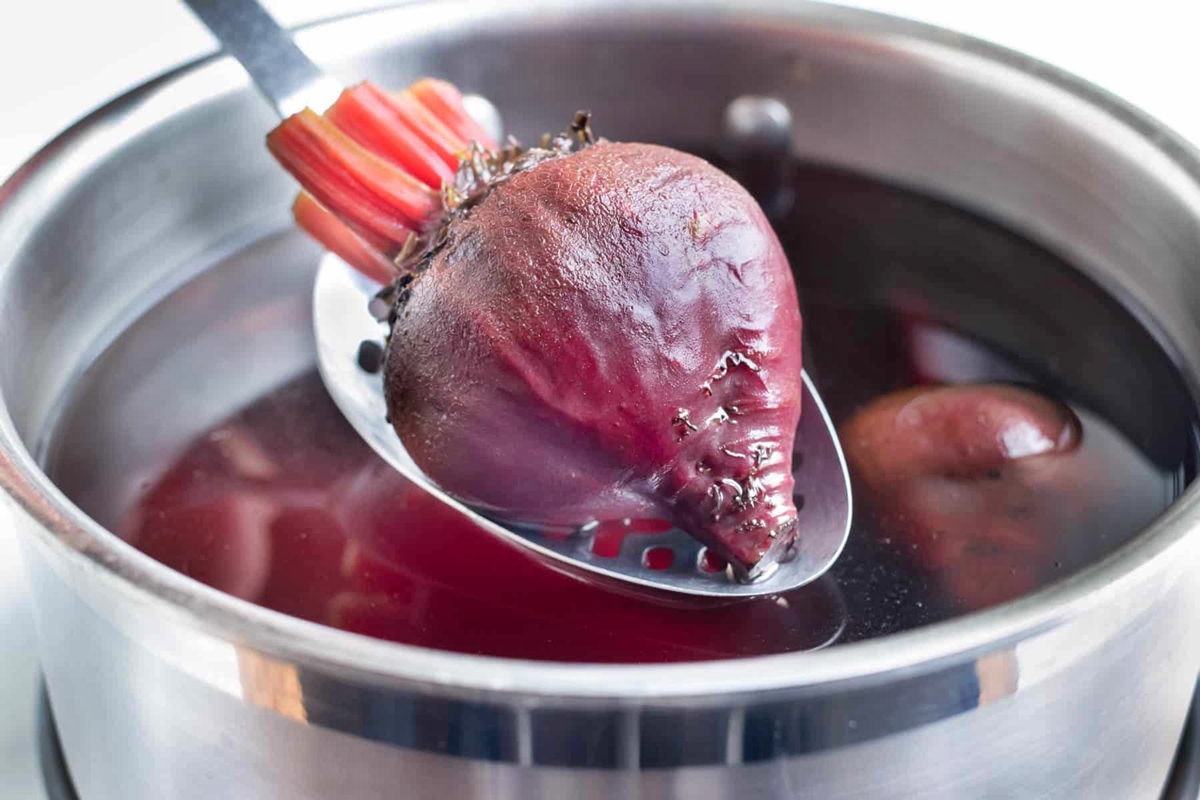Blanching Beet Leaves: A Simple Guide
Beet leaves, also known as beet greens, are not only delicious but also packed with essential nutrients. Blanching is a quick and easy way to prepare beet leaves for use in various dishes. Whether you’re a seasoned cook or a beginner in the kitchen, blanching beet leaves is a simple process that can elevate your culinary creations. In this guide, we’ll walk you through the steps to blanch beet leaves to perfection.
What You’ll Need
Before you begin blanching beet leaves, gather the following supplies:
- A large pot
- Water
- Ice
- Salt
- Fresh beet leaves
- Colander
Step 1: Prepare the Beet Leaves
Start by washing the beet leaves thoroughly under running water to remove any dirt or debris. Once clean, trim off any tough stems and separate the leaves from the stalks. Discard any damaged or discolored leaves.
Step 2: Boil Water
Fill a large pot with water and bring it to a rapid boil over high heat. You’ll need enough water to fully submerge the beet leaves once they are added to the pot.
Step 3: Add Salt
Once the water reaches a boil, add a generous amount of salt. The salt helps to flavor the beet leaves and also helps to preserve their vibrant color during the blanching process.
Step 4: Blanch the Beet Leaves
Carefully add the prepared beet leaves to the boiling water. Use a spoon to gently submerge the leaves into the water. Allow the leaves to blanch for 2-3 minutes, or until they become bright green and tender.
Step 5: Ice Bath
Prepare a large bowl filled with ice and water. Once the beet leaves are blanched, use a slotted spoon to transfer them to the ice bath. The ice bath will quickly cool down the leaves and halt the cooking process, preserving their texture and color.
Step 6: Drain and Pat Dry
After the beet leaves have cooled in the ice bath for a few minutes, remove them and place them in a colander to drain. Gently pat the leaves dry with a clean kitchen towel to remove any excess water.
Step 7: Use or Store
Once blanched and dried, the beet leaves are ready to be used in your favorite recipes. You can add them to salads, soups, stir-fries, or simply enjoy them as a nutritious side dish. If you have leftover blanched beet leaves, you can store them in an airtight container in the refrigerator for up to 3-4 days.
Blanching beet leaves is a simple yet essential technique that every home cook should master. By following these easy steps, you can ensure that your beet leaves retain their vibrant color, nutrients, and delicious flavor. Whether you’re cooking a gourmet meal or preparing a quick and healthy dish, blanched beet leaves are a versatile ingredient that can elevate any recipe.
